Astros, Rockies among winners on opening day of 2015 MLB draft

The Arizona Diamondbacks selected Vanderbilt shortstop Dansby Swanson with the top pick of the 2015 MLB draft on Monday night, the first selection of an intriguing Day 1 in Secaucus, N.J.
Biggest Winners
It was a good night for Major League Baseball, as we saw the effect of the new draft rules that were implemented four years ago. The rules and resultant draft slots and draft pools were meant to create cost certainty for teams and try to promote talented players regardless of their signability. MLB will never have the strict slot system of the NFL or NBA, and there are still imperfections in the system, but the league has largely accomplished those goals.
2015 MLB draft tracker: D-backs take Dansby Swanson first overall
As far as teams go, the Astros and Rockies, with their extra picks and their execution, certainly stand out. The Astros dominated the 2012 draft with their ability to spread out their bonus pool and maximize their top picks. They went away from that strategy in '13 and then endured the Brady Aiken/Jacob Nix fiasco last year. If Houston can sign outfielder Daz Cameron at pick No. 37—which you have to believe the organization will, or they wouldn't have picked him—the Astros arguably brought three of the top six players in the draft into their system along with shortstop Alex Bregman (second overall) and outfielder Kyle Tucker (fifth).
The Rockies couldn't get the college pitchers they wanted but instead got perhaps the best overall talent in shortstop Brendan Rodgers at No. 3, then picked up a couple of outstanding high school arms in righties Mike Nikorak and Peter Lambert and finished by taking third baseman Tyler Nevin in the competitive balance round.
The Diamondbacks came out ahead on the night simply because they resisted temptation and picked the right player in Swanson. There were plenty of rumors that they would do otherwise, which may have been a smokescreen. Arizona's second pick, lefthanded pitcher Alex Young, is a Wade Miley type and a solid selection as well.
You have to appreciate what Cleveland's plan was and how it was executed. The Indians choose Aiken and two very projectable but young Florida high school arms in righthander Triston McKenzie and lefty Juan Hillman. There is plenty of risk there, but a ton of ceiling as well.
Any list of winners also has to include the Royals' area scout in Indiana, who had a career year with two talented high school righthanders in Ashe Russell at No. 21 and Nolan Watson at No. 33.
• Vanderbilt SS Dansby Swanson selected No. 1 by Diamondbacks
Biggest Losers
Teams with just one early pick: It's hard on a scouting staff to pick in the top 10, such as the Red Sox and White Sox did, and then have to sit out the rest of the day.
Teams with just one later pick: The Mets and the Padres qualify here, but they knew what they were getting into beforehand when they gave up their selections in the off-season.
Michael Matuella: The righthander from Duke was considered a potential No. 1 overall pick back in March, but Tommy John surgery and his congenital back issues apparently scared teams away, as he is still on the board after two rounds.
Favorite Picks
The Blue Jays picking righty Jonathan Harris at No. 29 has all the makings of a classic steal. Teams in the top 10 were discussing Harris, and it is hard to believe that his rough outing in the NCAA Super Regionals against Arkansas on Sunday hurt him that much.
Nikorak and third baseman Ke'Bryan Hayes are two high school picks at No. 27 and No. 32, respectively, who could have been picked in the middle of the first round. Hayes also has the type of makeup and savvy on the field that doesn't come around very often. That is a reflection on the family bloodline, although his father (and longtime MLB veteran) Charlie will be the first one to tell you that he gets his intelligence from his mother.
Tampa Bay getting catcher Chris Betts at No. 52 bears a lot of similarities to the Braves picking Brian McCann with the 64th pick in the 2002 draft. Betts was talked about as a first rounder for much of the spring and has the same overall profile as McCann did at the same age.
• GALLERY: Baseball's top 10 players drafted No. 1 overall
Head Scratcher
Fresno State catcher Taylor Ward was the first real confusing pick, especially for an organization like the Angels that is severely lacking in athleticism and top-level pitching prospects in their minor league system. Ward should be a solid big-league defensive catcher, but how much offensive ceiling he brings is less certain.
The Players That Fell
Cameron is the most obvious candidate and really the only player one can easily identify as sliding due to signability concerns. Rumors circulated before the draft that he was floating a $5 million bonus number, an amount that only fit inside the slot for the top four picks. The Astros were considered his eventual landing spot the moment he started sliding and that proved to be true.
Righty Kyle Funkhouser would have been a likely top-five pick, perhaps at No. 3 to the Rockies, if the draft had been held on Feb. 15. He had an uneven spring in both performance and in raw stuff, although his falling to No. 35 is a bit harder to understand. The Dodgers might have made out like bandits here if he returns to 2014 form.
• Three sons of former major league players drafted before second round
First Player to the Major Leagues
Neither Swanson nor Bregman should need too many minor-league reps to be ready for big-league duty, but sometimes need trumps readiness more for a position player than a pitcher. Southpaw Tyler Jay, on the other hand, was drafted by a Twins team that is exceeding expectations by big margins and looks to be a serious contender. Furthermore, Jay has extensive experience working out of the bullpen.
Riskiest Picks
Brady Aiken would probably qualify for this slot regardless of who selected him, but going as high as 17th to the Indians, a traditionally more conservative drafting club, creates some risk. That is somewhat mitigated by Cleveland having an extra pick at No. 42 that ended up being McKenzie. Part of risk is the potential for big reward, though, and Aiken was the No. 1 overall pick twelve months ago.
Two players who carry plenty of risk for a different reason are a pair of northern tier high school outfielders in New York's Garrett Whitley (drafted by the Rays) and Michigan's Nick Plummer (taken by the Cardinals). Neither of them has a long resume at all of hitting against top-level pitching, although both undeniably have high-level tools, including raw bat speed.
• Indians select Brady Aiken with No. 17 pick in MLB draft
Good Year To Be...?
A hitter: Ten of the first 13 players selected are position players, and several of them are bat-first players, such as Tucker, outfielder/second baseman Ian Happ, second baseman/third baseman Cornelius Randolph and first baseman Josh Naylor. That shouldn't be a surprise, however. Many of the more analytics-oriented organizations such as the Astros, Cubs and Red Sox were said beforehand to be specifically targeting the best hitter available rather than the best prospect available, as is custom.
Bad Year Too Be...?
A college pitcher: Even discounting for injured pitchers such as Matuella and Nathan Kirby, this demographic really slid, as teams shifted to shortstops and high school pitchers in the 18–28 range instead of college pitching, as had been projected.
Surprise Picks
Naylor's name was mentioned more and more in the week leading up to the draft, but it came up most often in the late first round/compensation round area. His lefthanded power is legit, and he made tremendous improvement this spring in controlling his swing and making better contact. The Marlins have frequently gone off the beaten path for their first picks, so this isn't a complete surprise.
Baseball's Top 10 Busts Drafted No. 1 Overall
No. 10: Dave Roberts (1972)
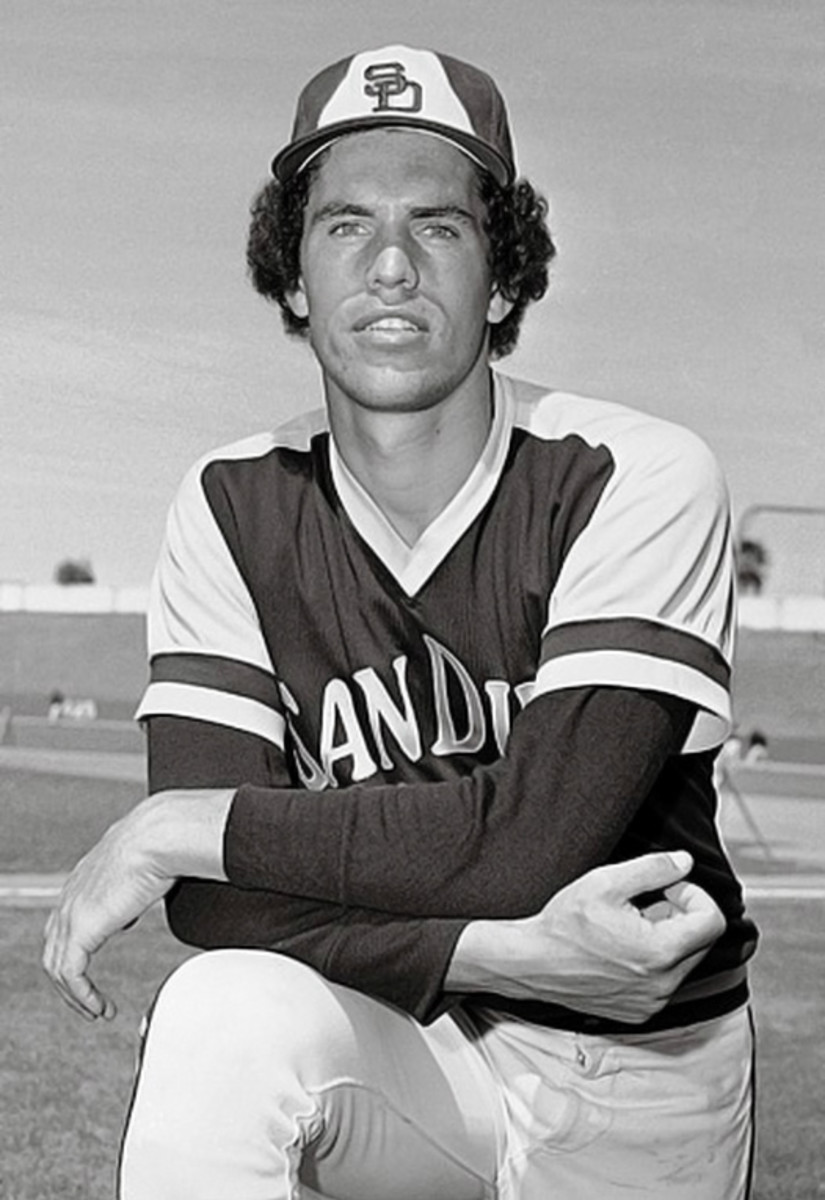
After his selection, Roberts bypassed the minors and headed straight for The Show. The Padres' first-round pick in 1972 did the exact same thing. That player, Dave Winfield, is one of just two Padres in the Hall of Fame. Roberts never had anywhere close to that success. His best season came in 1973, when he hit .286 with 21 home runs. He never hit more than 10 home runs in any other season and left the game after hitting .182 for the Phillies in 1982.
No. 9: David Clyde (1973)
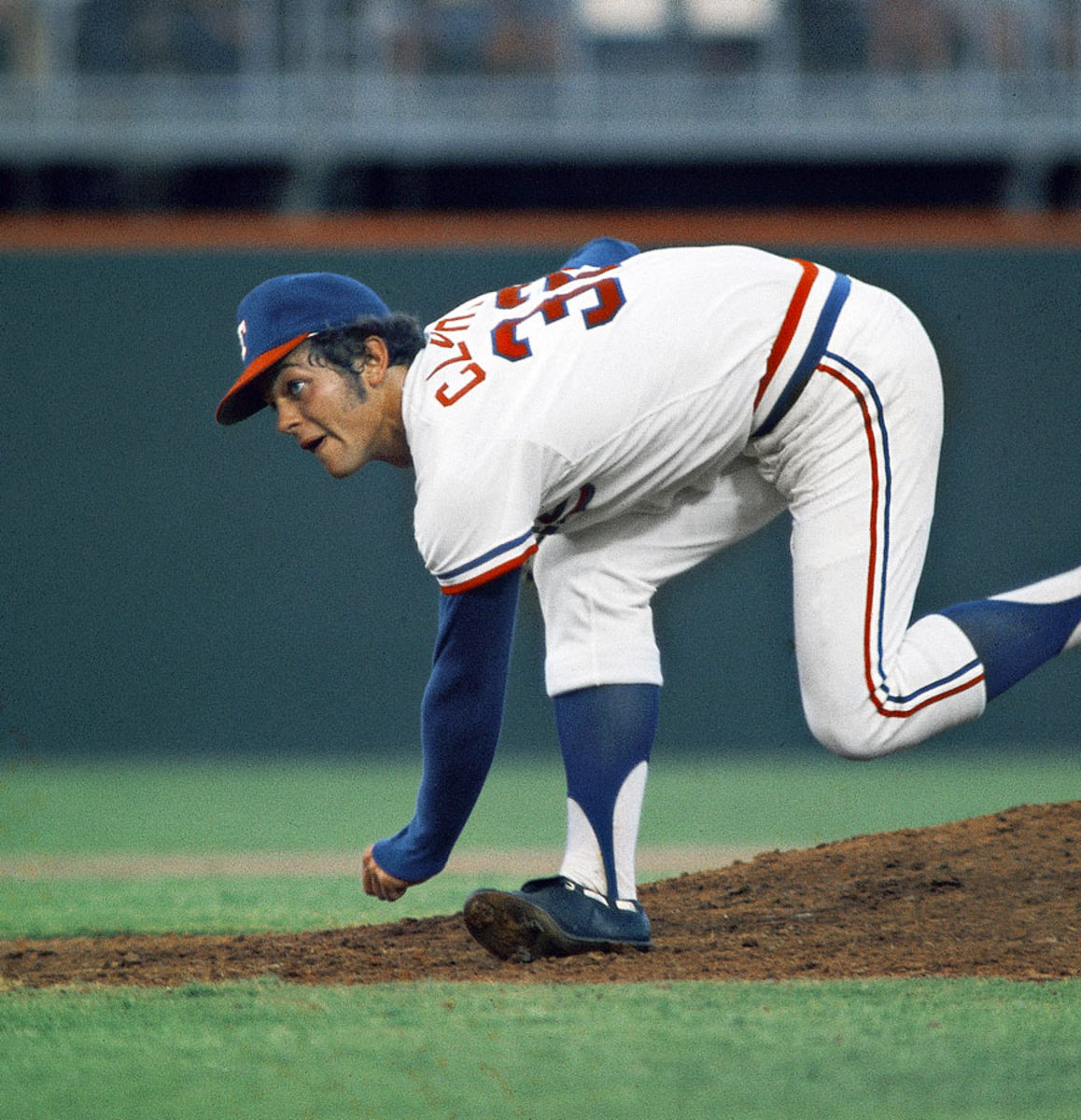
A dominant high school ace, the Rangers elected to go with the local product, partly to boost their sagging attendance. Like Roberts, Clyde skipped the minors entirely and made his major league debut at age 18 just three weeks after pitching his last high school game. Despite his talent, Clyde never caught on in the majors. In his five year career, he went 18-33 with a 4.63 ERA and a 1.53 WHIP. By the time he was 24, Clyde was out of the majors for good. He remains a cautionary tale for not rushing talent to the big leagues. Making matters worse for the Rangers were the three players taken immediately after Clyde: future All-Star catcher John Stearns went No. 2 overall and future Hall of Famers Robin Yount and the aforementioned Dave Winfield went No. 3 and No. 4, respectively.
No. 8: Matt Anderson (1997)
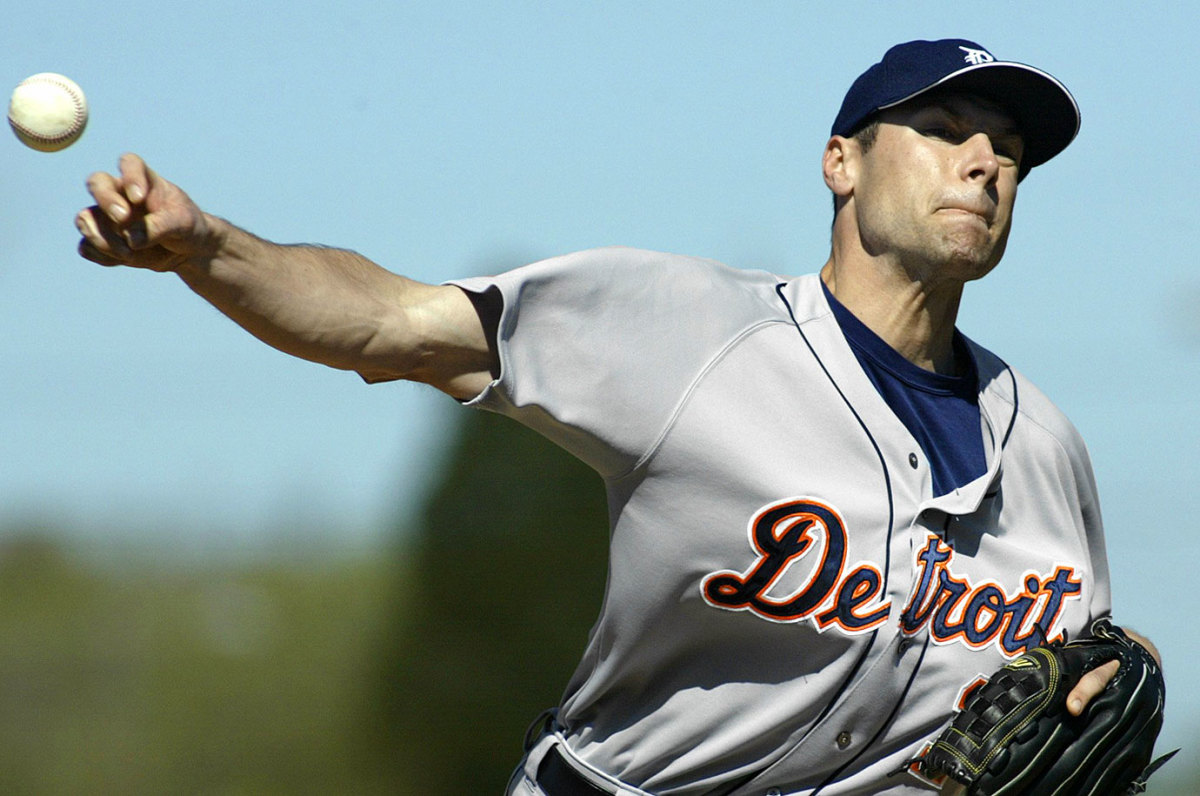
In his first season with the Tigers, Anderson showed flashes of dominance. As a 21-year-old rookie in 1998, the right-handed flamethrower had 44 strikeouts in 44 innings of work and a 3.27 ERA. He stayed in middle relief for the Tigers for a few seasons but in 2002, he tore a muscle in his armpit and was never able to reach the frightening velocity which made him one of the game's top prospects. Some have speculated that Anderson's injury was related to an octopus throwing contest Anderson competed in held by the Tigers. He claims it was related to working out. After the Tigers let him leave in 2003, Anderson pitched just six more games in the majors, posting a 12.60 ERA for the Rockies in 2005.
No. 7: Al Chambers (1979)
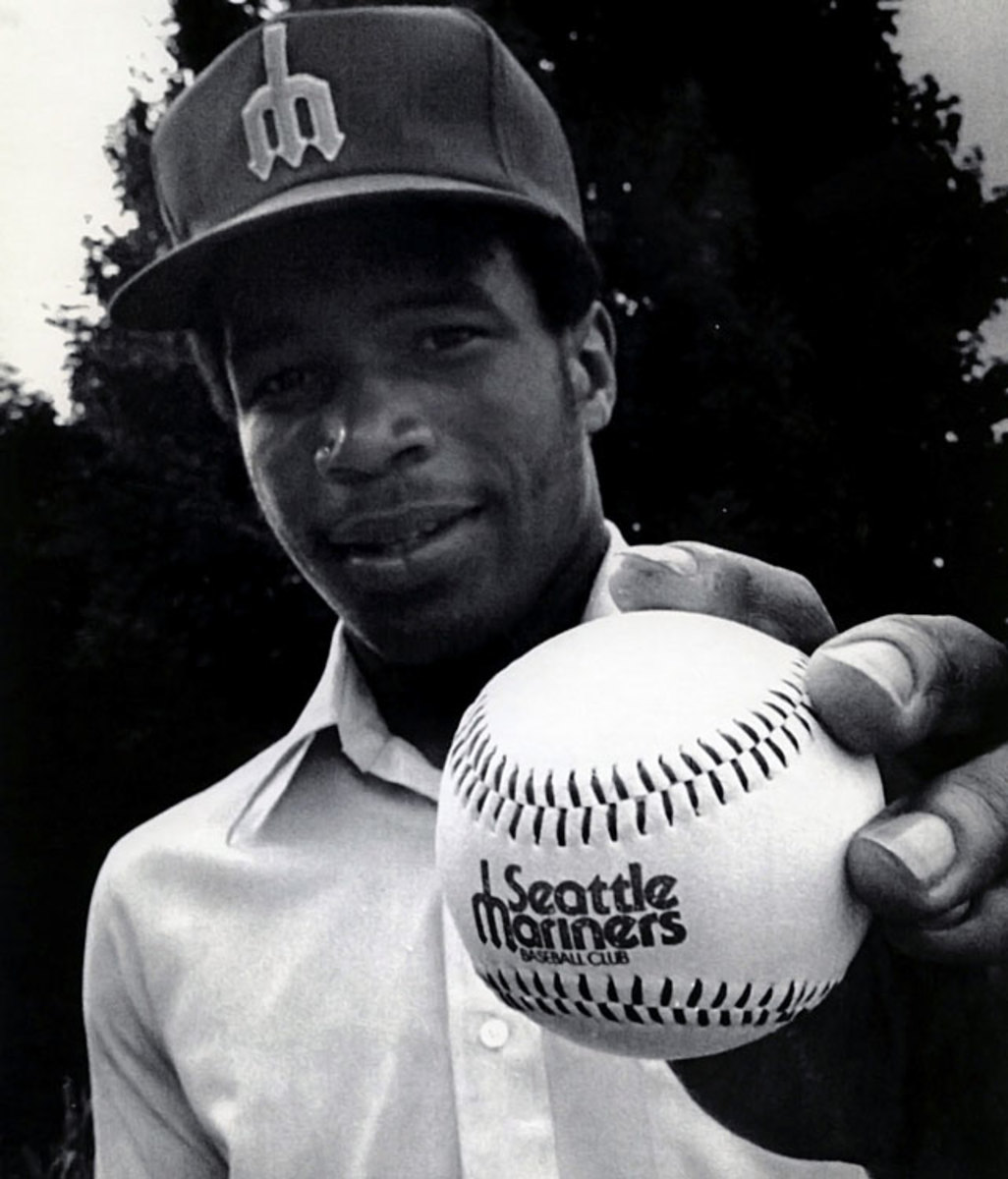
Eight years before Seattle made Ken Griffey Jr. the top pick in the draft, the Mariners chose another tools-laden high school outfielder. Unfortunately for Seattle, the results were far different. In the minors, Chambers could hit (.288/.382/.466, 85 home runs over nine seasons). In fact, in 1981, the Harrisburg, Penn., native had 20 homers and 77 RBIs. But his success in the minors never translated to the majors. Chambers played just 57 games across three big league seasons, hitting .208 with two home runs and 11 RBIs. He was sent down from Seattle when he was 24 and never made it back to the bigs.
No. 6: Shawn Abner (1984)
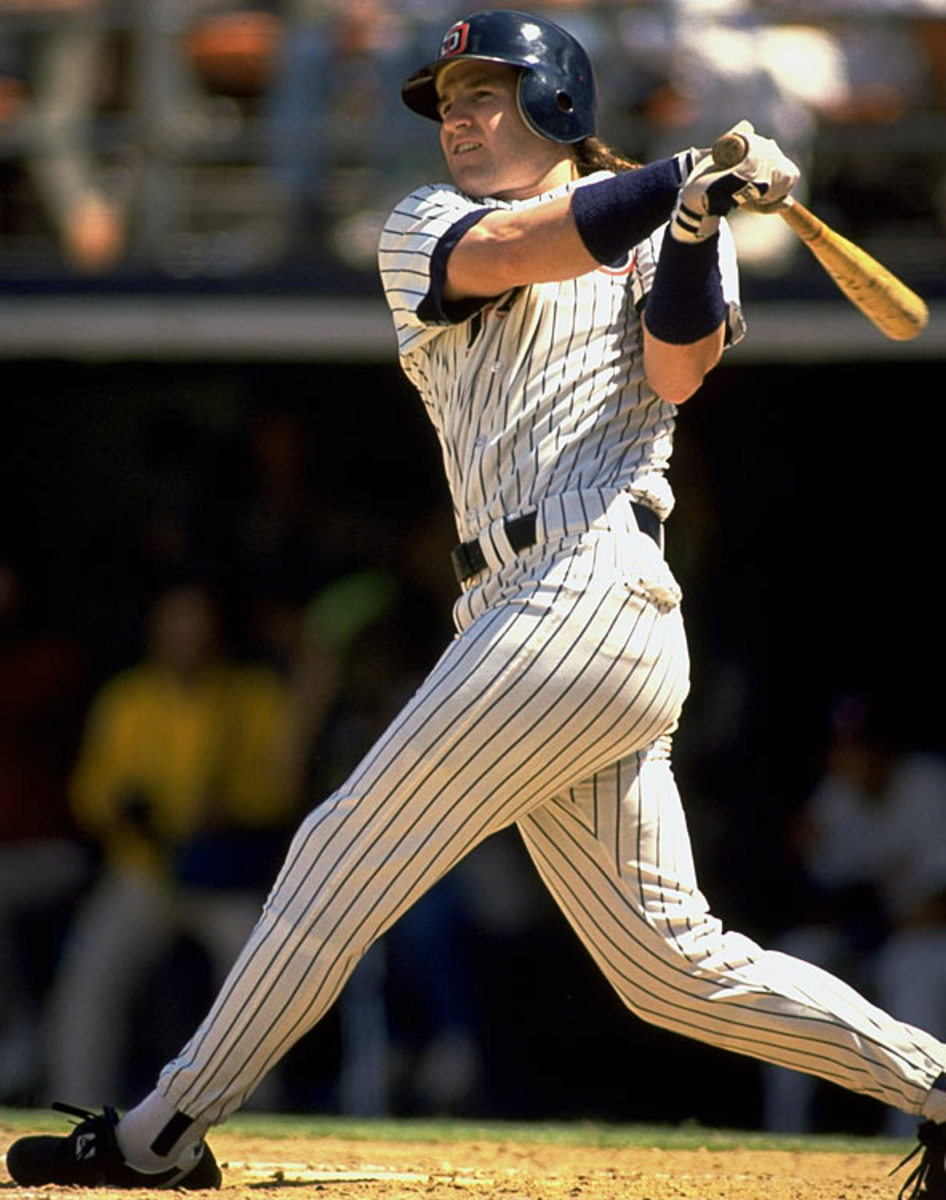
A multi-sport athlete oozing with talent, the Mets took Abner first overall in 1984. Like their top choices in 1980, when New York picked Strawberry and future Oakland A's general manager Billy Beane with first-round picks, Abner fit the mold of an overly athletic high school outfielder with an ostensibly limitless ceiling. He proved to be anything but. Abner never reached the majors with the Mets, and in 1985, he was part of a multi-player deal with the Padres. He finally debuted in 1987, and in six major league seasons, Abner would hit .227/.269/.323 with just 11 homers in 840 at-bats. By the time he was 26, Abner was out of the majors with as many career triples as organizations he'd been a part of (four).
No. 5: Bryan Bullington (2002)
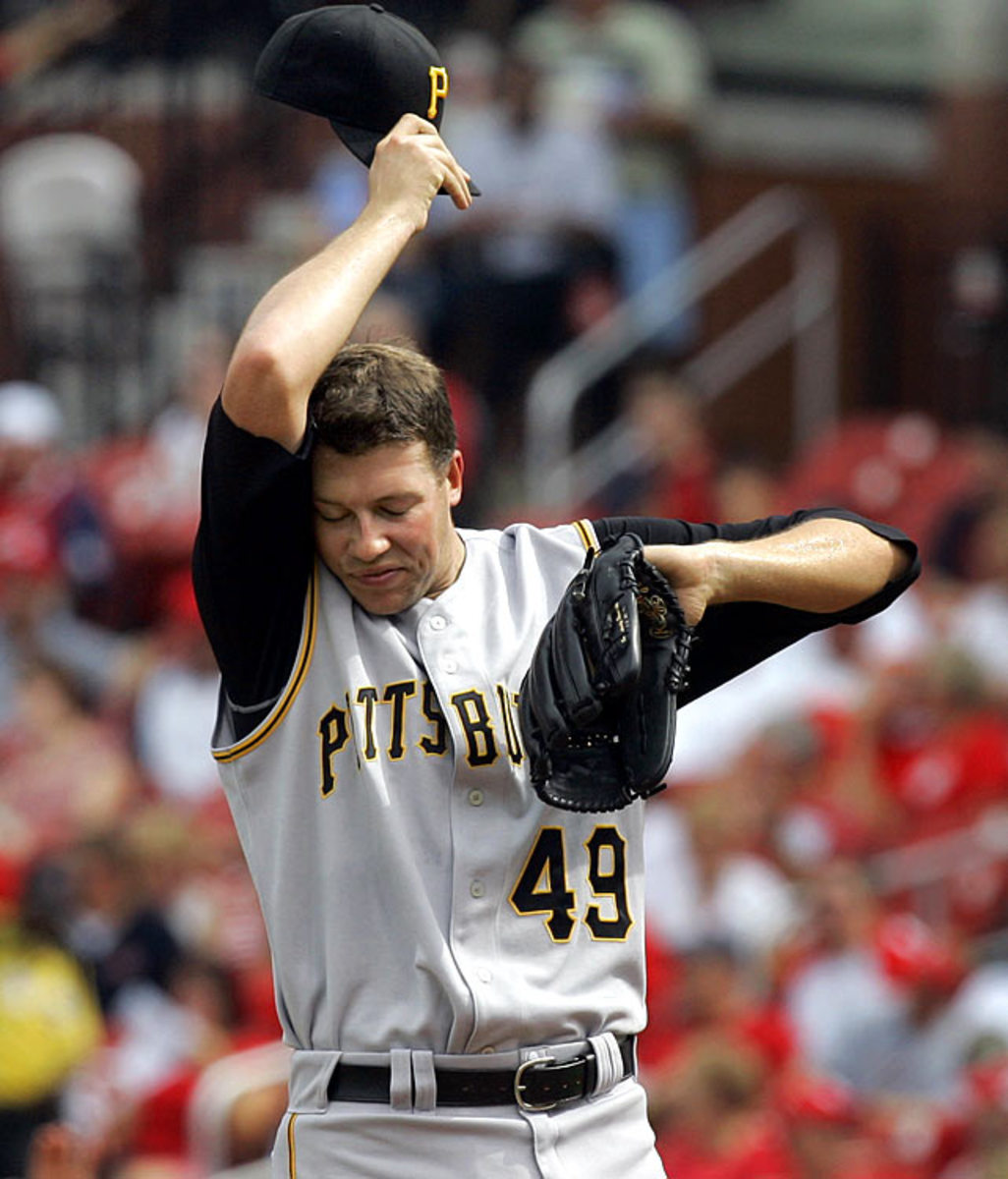
Bullington's numbers at Ball State were far short of dominant, making him something of a surprise choice for Pittsburgh in a draft that also included B.J. Upton, Zack Greinke , Prince Fielder, Cole Hamels and Matt Cain. Unlike those players, Bullington never found a home in the majors. He bounced around four different organizations after the Pirates placed him on waivers in 2008. He last pitched in the majors in 2010, having compiled a career record of 1-9 with a 5.62 ERA and 1.58 WHIP.
No. 4: Danny Goodwin (1975)
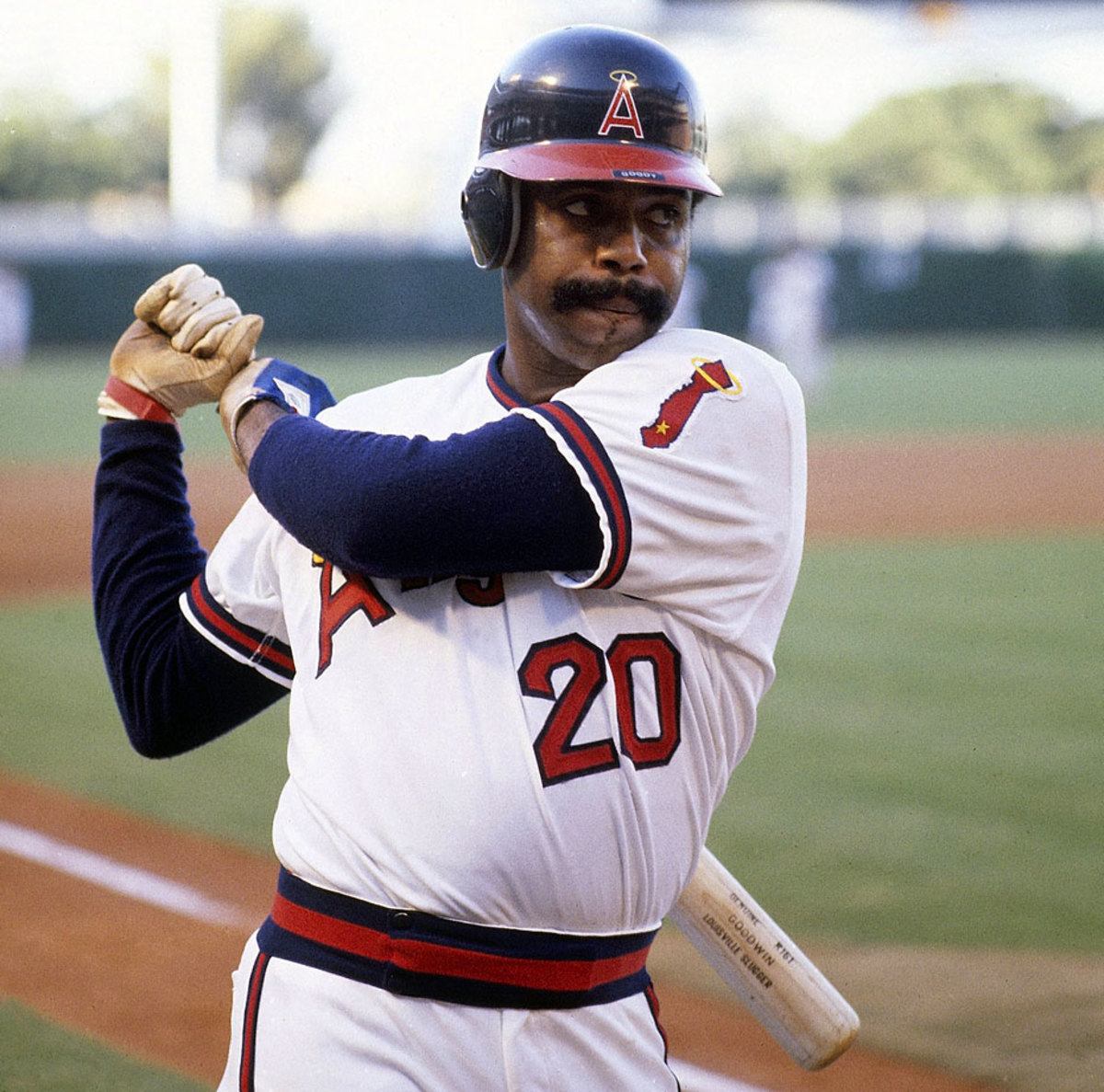
Though there are No. 1 picks with worse career numbers than Goodwin, the former Southern University product earns his ranking for one key reason: He was the top pick twice. Goodwin never signed with the White Sox after being the top choice in the 1971 draft. Instead he went to college and was taken by the Angels with the first pick in 1975. He went to the majors and embarked on what became an ultimately forgettable career. In seven seasons, Goodwin hit .236 with 13 home runs over 252 games. He left the majors in 1982 and tried to resurrect his career four years later with a stop in Japan. Goodwin would later wind up having a much longer career in the Braves front office.
No. 3: Steve Chilcott (1966)
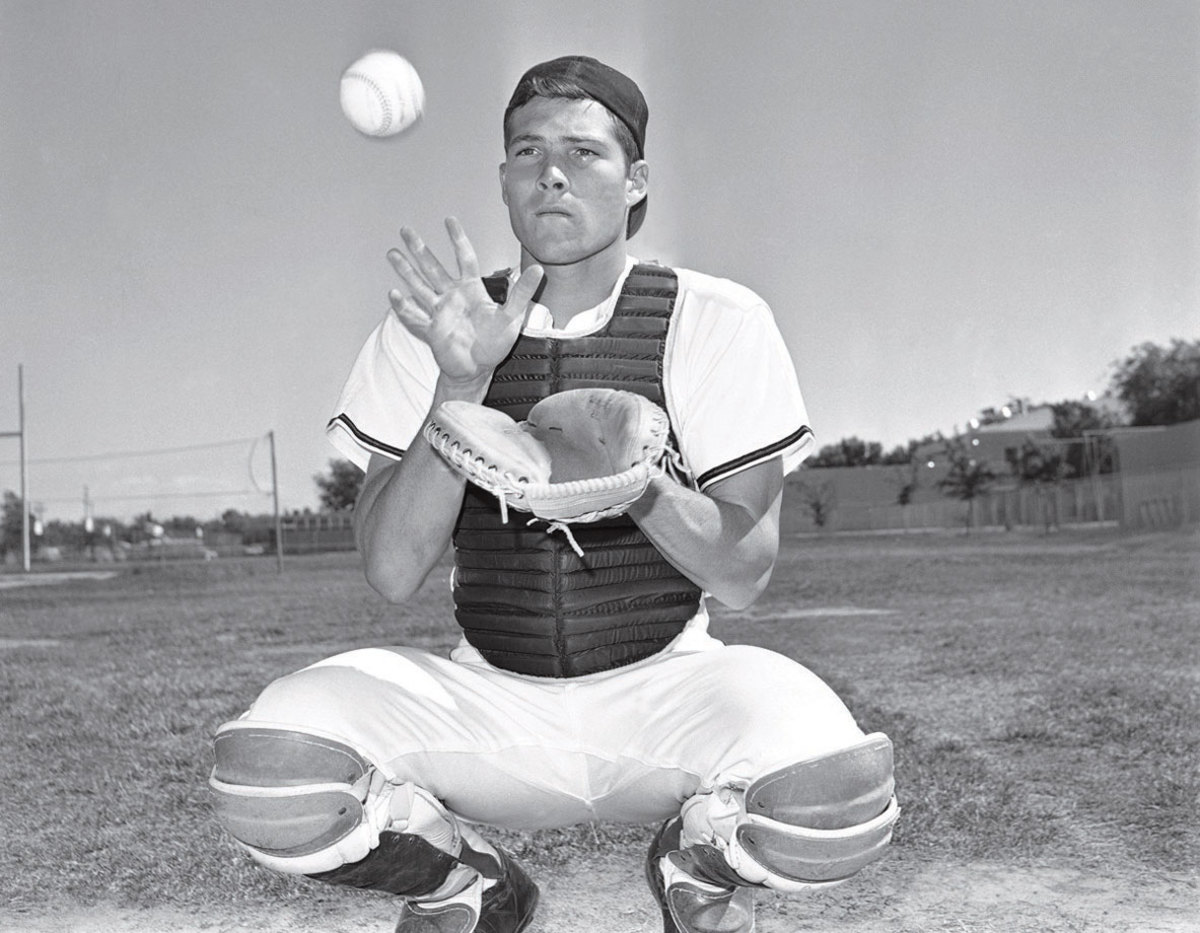
In baseball's first amateur draft, the Mets chose Chilcott one spot before the Kansas City A's selected Arizona State prospect Reggie Jackson. While Jackson soon became, it was once said, a "superduperstar" who wound up in the Hall of Fame, Chilcott never even reached the majors and he played just 22 games in Triple-A. He had seemed to be a dream prospect — a power hitting catcher with a 5'11", 185-pound frame and a hose for an arm. But a chronic shoulder issue and a shin infection, among other maladies, helped prevent him from reaching his potential near his full potential. He retired at 24 after seven seasons (spent mostly in A-ball), during which he hit .248 with 39 home runs for the Mets, Yankees and Expos organizations.
No. 2: Brien Taylor (1991)
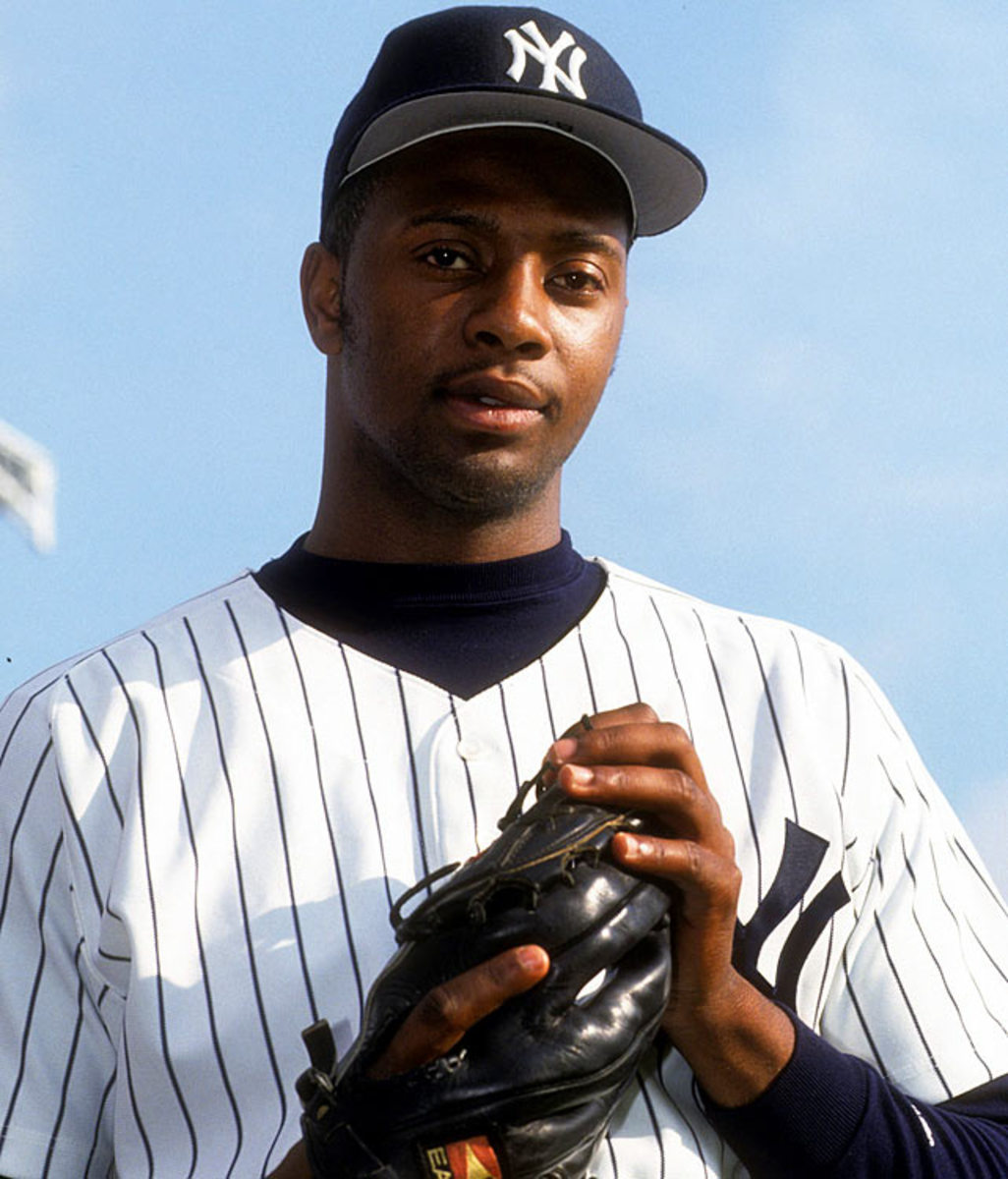
Taylor was declared by some to be the greatest high school pitching prospect of all-time when the Yankees drafted him first overall. However, in the 1993 off-season, Taylor was involved in a fight which ruined his pitching arm and required serious surgery. He was never the same. In 1996, Taylor posted an 18.73 ERA over nine starts in A-ball, walking 43 in 16 innings. The next season, he put up a 14.33 ERA with 52 walks in 27 innings. Taylor's career ended in 2000 following an unsuccessful season at A-ball in the Indians organization, making him the second top pick to never reach the majors. Among the players on Cleveland's roster that year was a hitting star who had also gone in the first round in 1991 and, as a New York native, might have been attractive to the Yankees: Manny Ramirez.
No. 1: Matt Bush (2004)
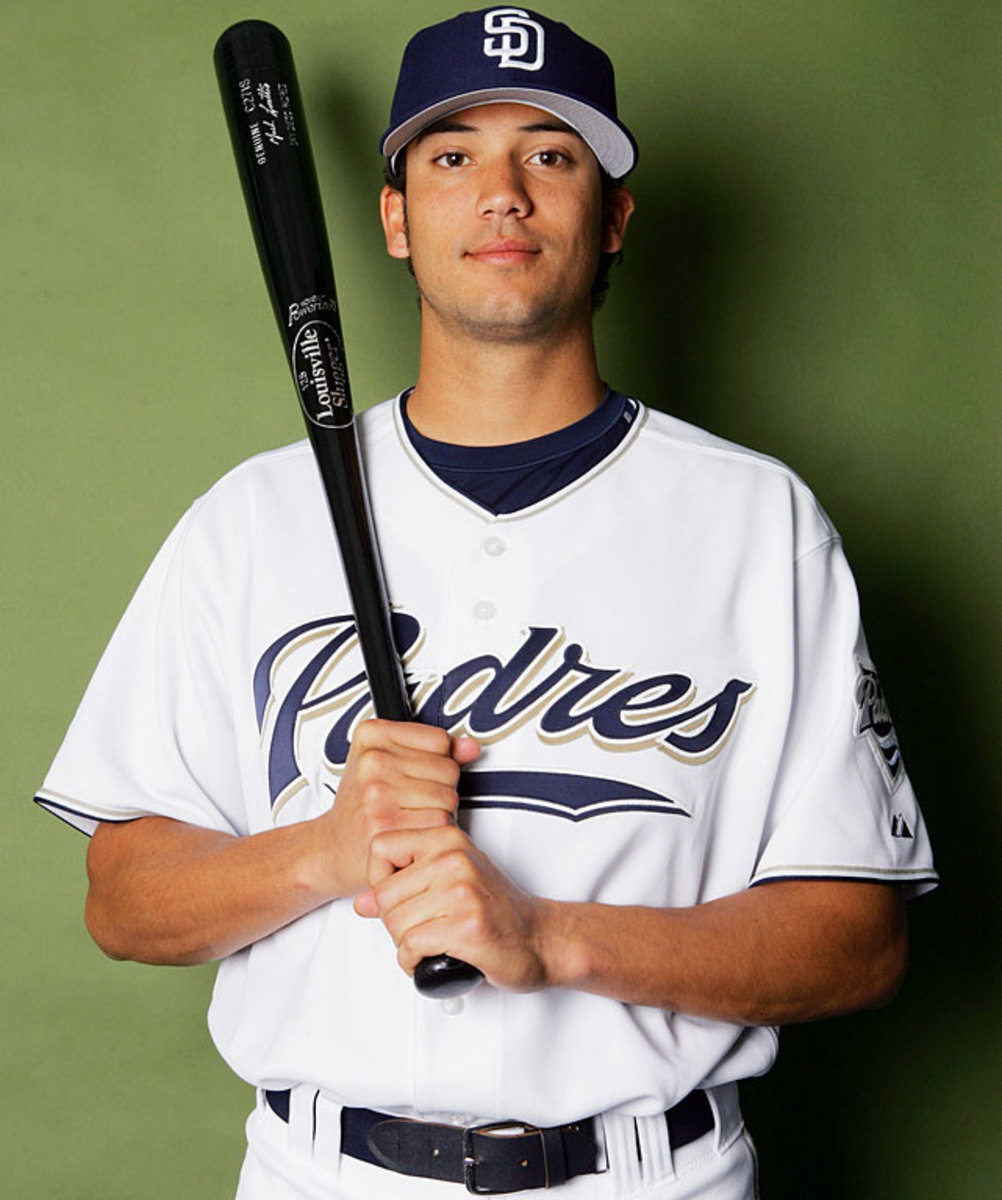
No first overall pick has had as ignominious of a career as Matt Bush. The two-way prospect gave a hometown discount to the Padres and his struggles began immediately. He hit just .192 without a home run at rookie ball and low-A, and followed it up by hitting .221 at Class A. After being turned into a pitcher in 2007, he was traded him to Toronto. While Bush has shown new life in 2016 as a middle reliever with the Rangers, it's his long string of transgressions off the field — starting with his arrest in a bar fight shortly after being drafted — which cement him as the worst No. 1 pick of all-time. The player drafted immediately after Bush was Justin Verlander, the 2006 AL Rookie of the Year and 2011 AL Cy Young and MVP.
It wasn't a surprise that the Braves picked a high school pitcher at No. 28, but it was somewhat of a surprise that Atlanta went with righty Michael Soroka, who has a much shorter resume than many of high school arms still available at that position. The Braves' pick at No. 41, third baseman Austin Riley, was also a bit of a surprise, but it's worth mentioning twice that there should be nothing shocking about Atlanta grabbing multiple high school talents, including their top pick of the night, lefthander Kolby Allard, and his battery-mate at Plant High in Tampa, Lucas Herbert. Just to keep the surprise theme going, the Braves picked lefthander A.J. Minter, a Tommy John surgery victim, with the final pick of the day.
Third baseman Ryan Mountcastle was mostly talked about as a third- or fourth-round selection, with a high offensive ceiling but lots of questions about his future defensive position. The Orioles obviously bought in by making him the final selection of the first round.
How Did The Big Market Teams Do?
Cubs: You'd think Chicago, with a farm system flush with hitters, would be interested in pitchers, but the opposite was true on Monday. Happ and outfielder Donnie Dewees are polished, high-performance college hitters who will have to work just to be average defensive players. The Cubs will find their pitching in a different market.
Dodgers: Los Angeles might have gotten the biggest steal in the draft with Funkhouser at No. 35, while the team's pick at No. 24, Vanderbilt righty Walker Buehler, is another mature college pitcher whose raw stuff warranted a higher pick. Outfielder Mitchell Hansen is multi-talented, and Josh Sborz is a fast-track power reliever.
Yankees: This is a high-floor, low-risk top of the draft for the Yankees. UCLA righthander James Kaprielian is a polished pitcher with loads of experience and a long track record. San Diego's Kyle Holder is probably the best pure defensive shortstop in that loaded demographic. Jeff Degano is a senior from Indiana State who profiles as a fast-track college lefty for the bullpen.
Mets: Thank Michael Cuddyer for New York's quiet night. The loss of the team's first-round pick from signing Cuddyer meant the Mets didn't make a selection until No. 53, when they took high school outfielder Desmond Lindsay. Lindsay will be panned by many New Yorkers, but he is a talented and underrated athlete with 6.5 speed and big power potential who has been a high-level performer on the summer/fall circuit for two years.
• PUTTERMAN: Wesley Rodriguez looking to take rare path from NYC to MLB
Miscellaneous Team Thoughts
Orioles: In Mountcastle, Florida State outfielder D.J. Stewart (No. 25) and high school righthander Jonathan Hughes (No. 68), the Orioles might have done a bit of stretching on Day 1.
Royals: It seems like power arms were a big priority for the defending AL champs, as they added Azusa Pacific University righty Josh Staumont—who hits 100 mph on the gun—to go with hard throwers Russell and Watson.
Brewers: Milwaukee needs a serious infusion of talent into its system and it followed up on a strong first day in 2014 with a solid high-ceiling first day this year as well, taking high school outfielder Trenton Clark at No. 15, Virginia lefty Nathan Kirby (a potential top-10 pick before injuries struck) at No. 40 and Cal Poly Pomona righthander Cody Ponce in the second round.
Athletics: Oakland picked two SEC shortstops in Florida's Richie Martin (No. 20) and Alabama's Mikey White (63). That may seem redundant, but both have some offensive chops and could move elsewhere.
Pirates: The infield theme was obviously strong in this draft, but the Pirates carried it to an extreme, choosing Hayes, shortstop Kevin Newman, and second baseman Kevin Kramer with their three picks. Could that be Pittsburgh's starting infield in three-to-five years?
Cardinals: The Cardinals were surprisingly high-school oriented, going with Plummer, righthander Jake Woodford and third baseman Bryce Denton.
• POWER RANKINGS: Red-hot Yankees soar into top five; Cardinals in first
Biggest Draft Fallacy
It was a common topic all spring: The 2015 draft class was well below average. I'm not buying it. By their nature, scouts are conservative and somewhat grumpy creatures. They are the types who will always think things used to be better. The reality is that the depth of pitchers is greater now than it's ever been, at least measured by raw stuff. It wasn't uncommon just 10 to 15 years ago for pitchers with average fastballs to be drafted in the top 50 picks. That just isn't going to happen much anymore.
Position players are bigger and stronger and faster than ever. Maybe there are some baseball skills that scouts can legitimately say aren't at the same level, but the quality of athlete is better in 2015 than it was in 1995, just as it was better in 1995 than it was in the draft's first year, 1965. It's also hard to call a draft well below average when it featured so many premium position players, especially shortstops.
